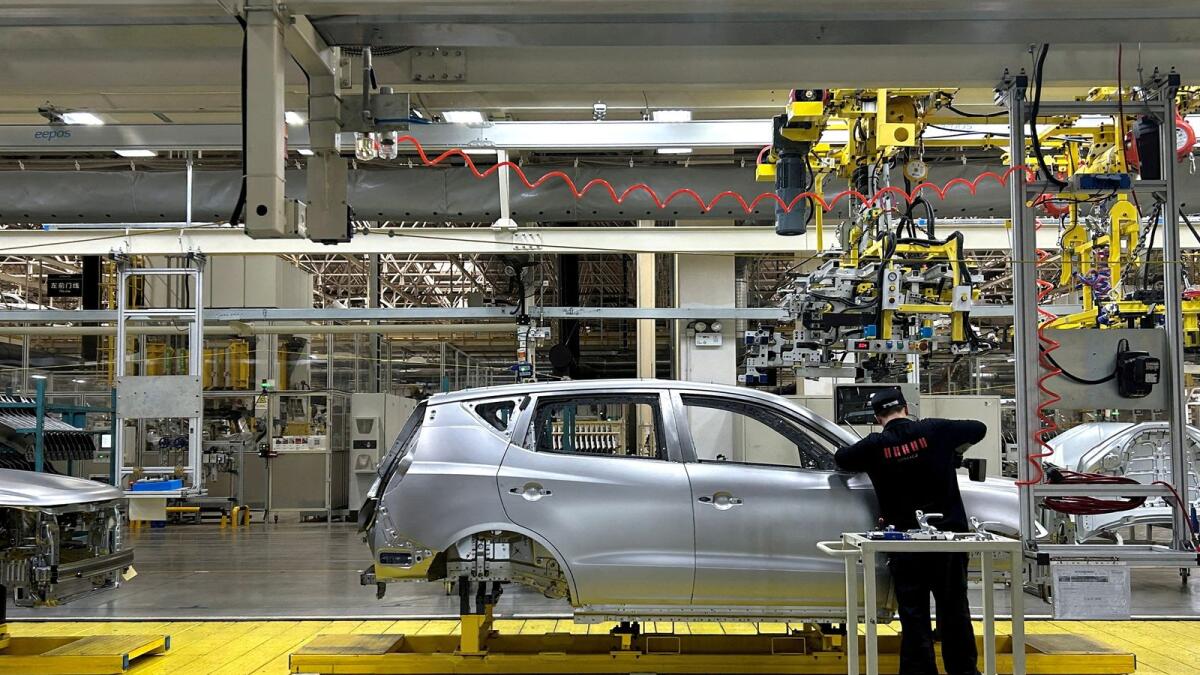In August, China’s manufacturing sector registered growth as new orders led to an increase in production, according to a private sector survey. The Caixin/S&P Global manufacturing PMI rose to 50.4 in August, beating analysts’ forecasts of 50.0. This positive reading reflects growth in smaller, export-oriented firms, in contrast to the official PMI survey showing a continued decline in manufacturing activity that same month.
The rebound in manufacturing activity was driven by an increase in new orders, particularly in the consumer and intermediate goods sectors. However, the first decline in new export orders in eight months raised concerns, especially as exports have been a key supporting factor for China’s economy amidst challenges such as waning domestic consumption and a property crisis affecting confidence. The challenges in stabilizing growth remain substantial in light of the government’s ambitious economic growth targets.
Despite the overall improvement in demand, the growth in manufacturing activity has been limited, according to Wang Zhe, an economist at Caixin Insight Group. Staffing levels stabilized after 11 months of declines, indicating a positive trend in employment. However, stocks of finished goods increased, possibly due to delays in outbound shipments. Lead times also lengthened due to supply and transportation constraints, exacerbated by extreme weather conditions such as deadly floods and scorching heat.
Price pressures eased in August, with average input costs falling for the first time in five months. This decline in input costs was attributed to lower raw material prices. In response, producers lowered selling prices and offered discounts to remain competitive in the market. While manufacturers’ optimism improved to the highest level since May, it remained below the long-run average, reflecting cautious sentiment about the future outlook of the manufacturing sector in China.
Overall, the latest manufacturing data in China indicates a mixed picture, with growth in production driven by new orders, but concerns arising from a decline in new export orders. Despite challenges such as external demand pressures and supply chain disruptions, there are positive signs such as stabilizing employment levels and easing price pressures. As China navigates through these challenges, the focus remains on sustaining growth momentum and achieving the government’s economic targets in the coming months.











